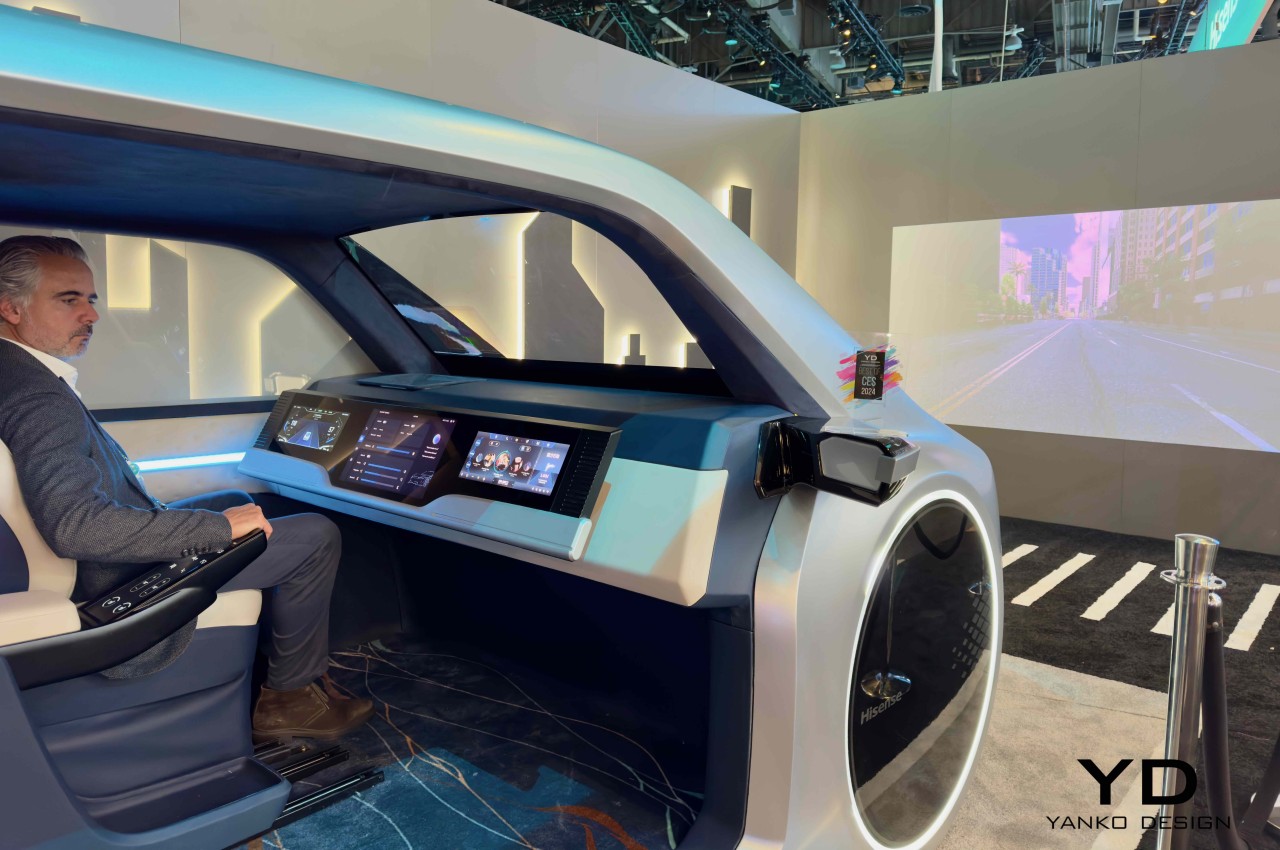
Hisense recently unveiled its latest products at CES 2024. The company’s array of state-of-the-art technologies, including automobile laser displays and rollable laser TVs, sets new industry standards, offering consumers unparalleled visual experiences.
Designer: Hisense
Automobile Laser Display: A New Era in Vehicle Technology
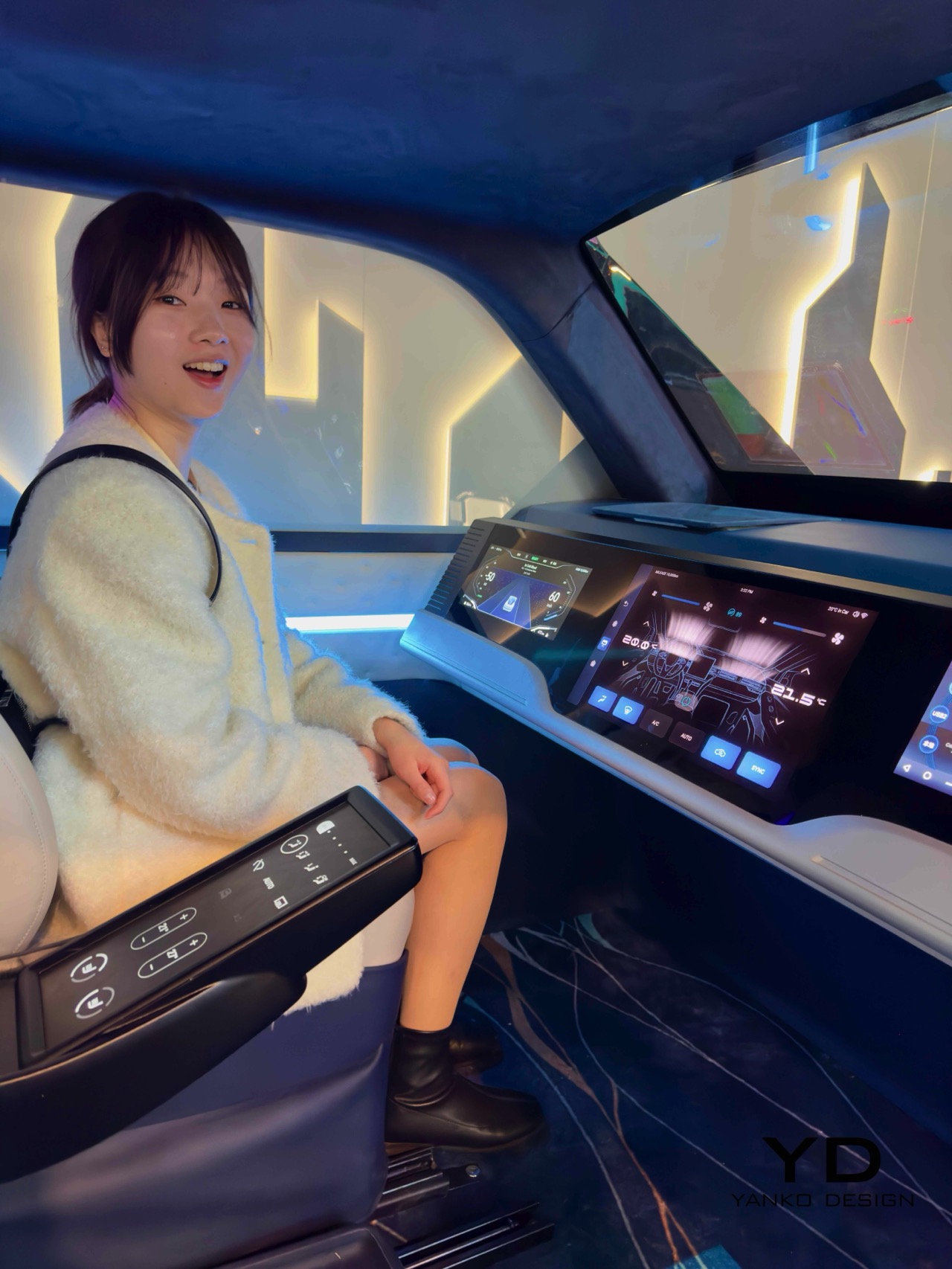
The Automobile Laser Display, honored with the CES 2024 Innovation Award, is revolutionizing the in-vehicle experience. It features the TriChroma triple-laser projection system, delivering a color performance 48% superior to traditional LEDs while maintaining a compact form, 80% smaller than conventional optical solutions. Its 200% luminous efficiency makes it the premier choice for automotive displays. The Laser Holographic AR-HUD transforms the windshield into an expansive holographic screen, merging virtual and real-world elements for safer driving. Advanced optical technology further converts side and rear windows into immersive displays, enhancing navigation and entertainment while focusing on safety and compact design.
triple-laser projection system, delivering a color performance 48% superior to traditional LEDs while maintaining a compact form, 80% smaller than conventional optical solutions. Its 200% luminous efficiency makes it the premier choice for automotive displays. The Laser Holographic AR-HUD transforms the windshield into an expansive holographic screen, merging virtual and real-world elements for safer driving. Advanced optical technology further converts side and rear windows into immersive displays, enhancing navigation and entertainment while focusing on safety and compact design.
Hisense Automotive Laser Display: Eyes on
The display of Hisense’s Automotive Laser at CES 2024 made a lasting impression on spectators. With its remarkable features, this cutting-edge technology is poised to revolutionize the automotive industry. Let’s delve into the details.
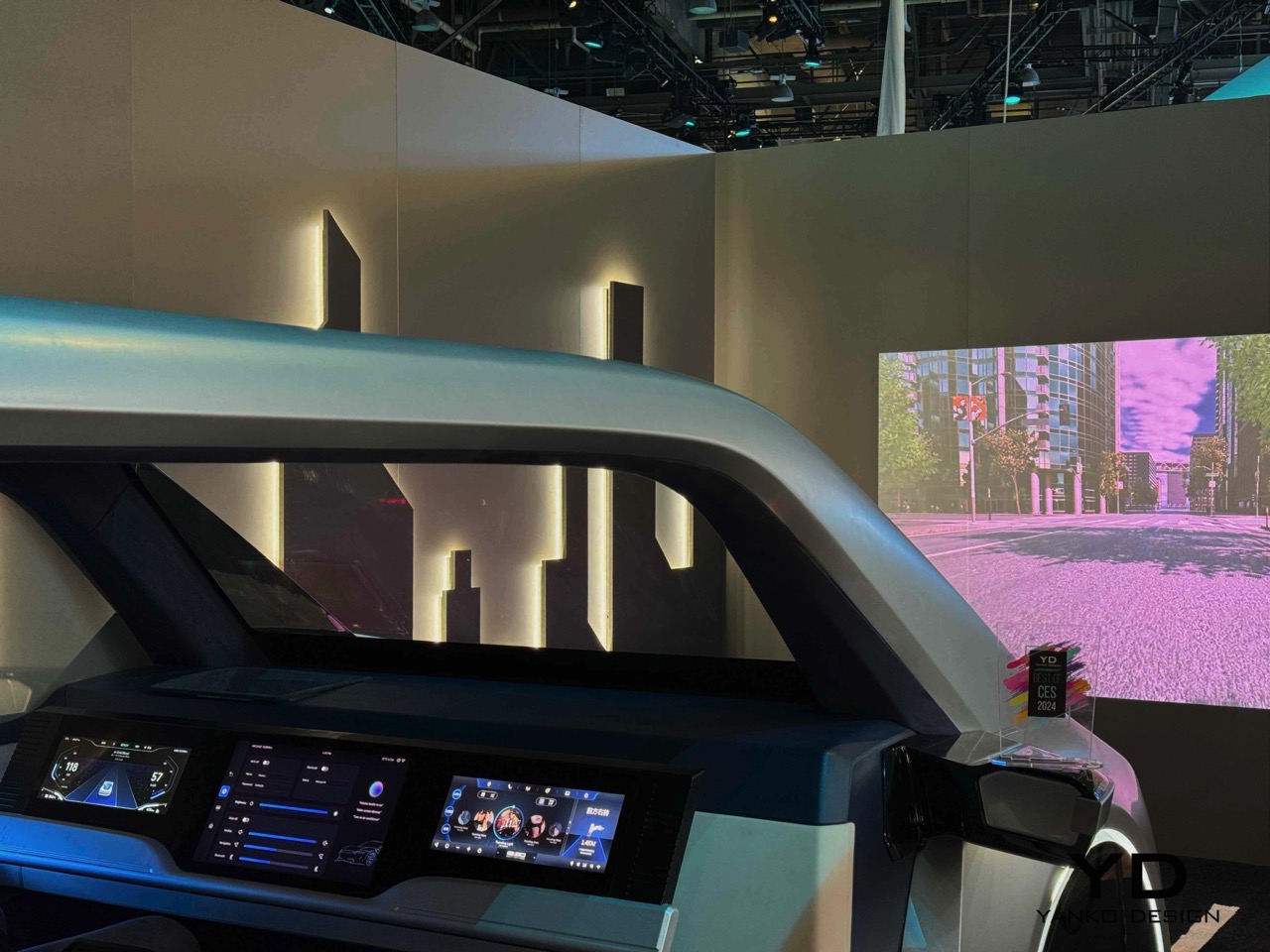
Starting from the driver’s cockpit, the heads-up display (HUD) offers an immersive experience by providing turn-by-turn directions, speed, and other essential vehicle information. While the exact resolution and size dimensions are yet to be finalized, the preliminary concept promises a screen size ranging from 13 to 15 inches, ensuring optimal visibility for drivers.
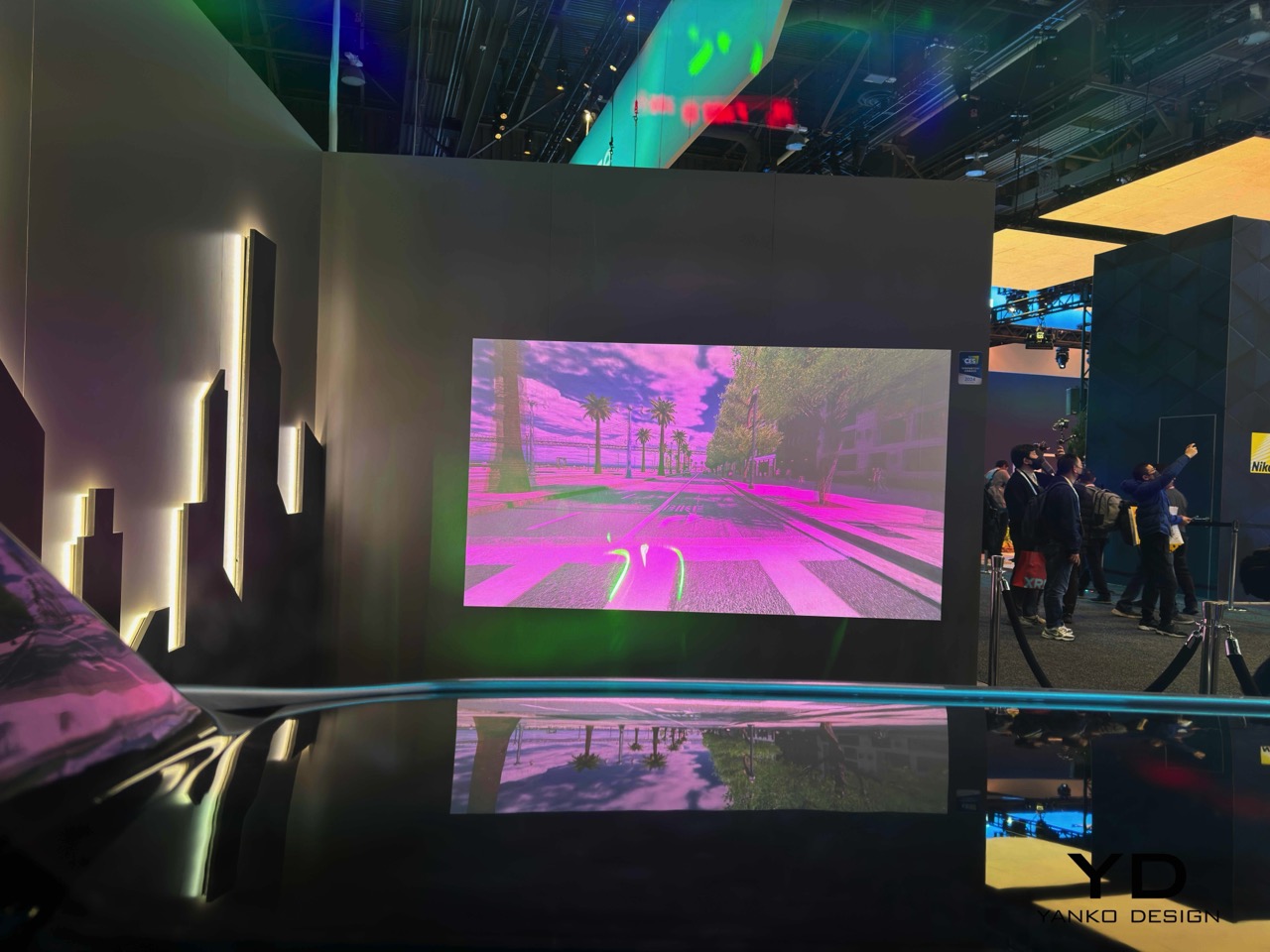
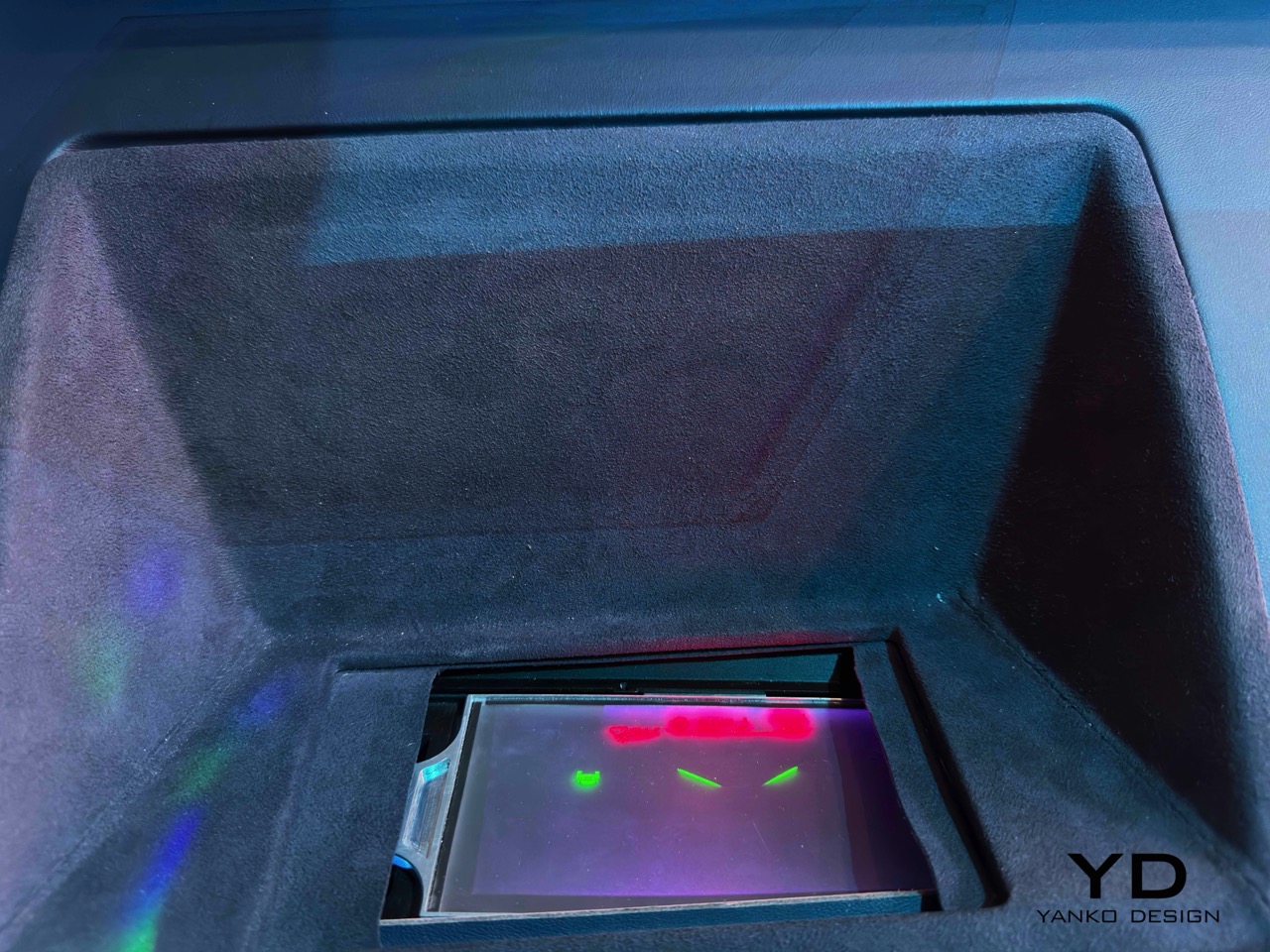
But it doesn’t end there. Rear passengers are also in for a treat with two additional laser projectors, one on each side, and another centrally located in the rear where the traditional glass would typically be. The idea is that when cars are capable of autonomous driving, the rear passenger seats will swivel around. These laser displays, measuring approximately 30 to 40 inches, create a captivating visual experience for passengers, whether they’re embarking on a road trip or enjoying a romantic date night.
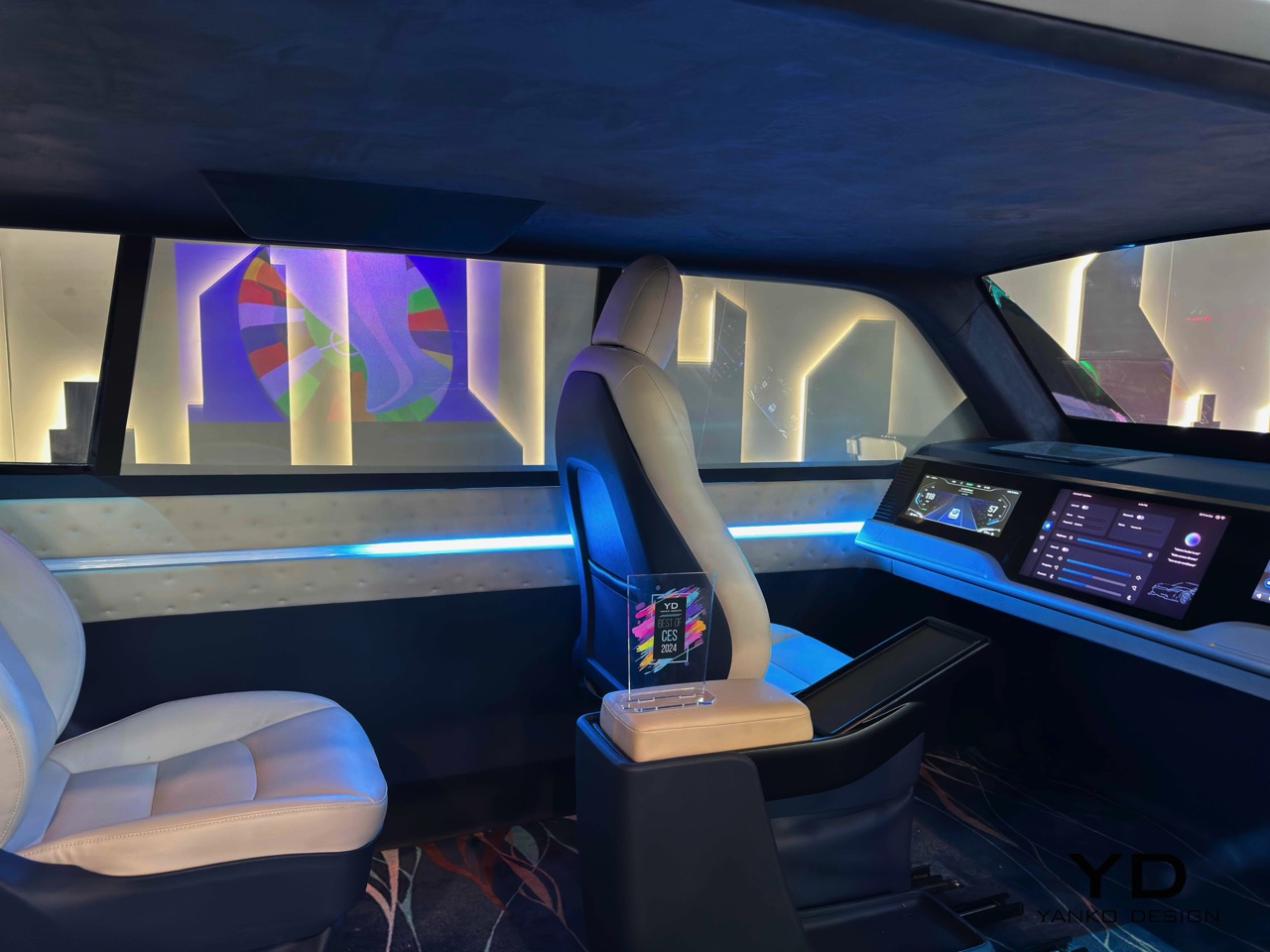
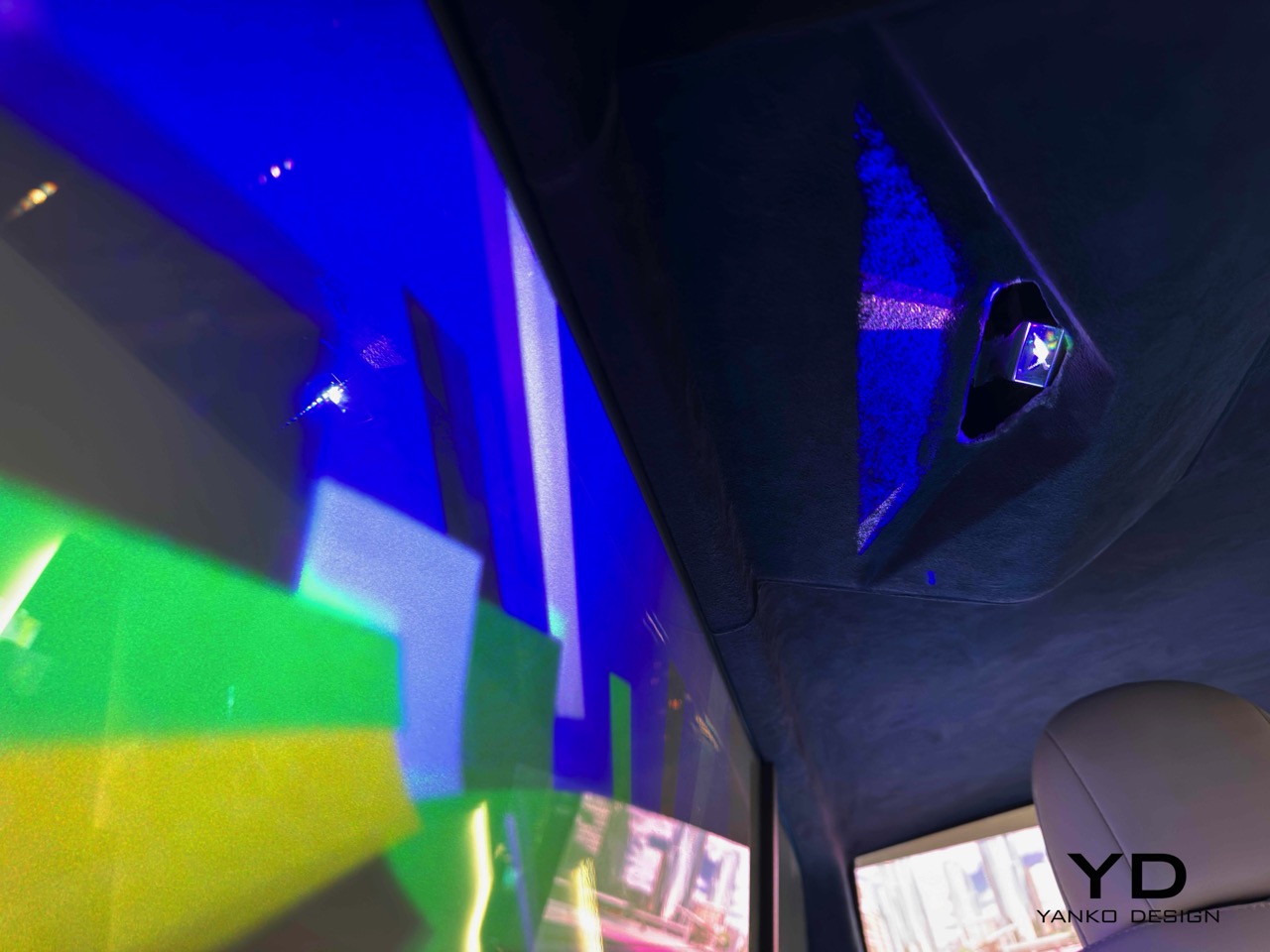
One of the most impressive aspects of Hisense’s Automotive Laser Display is its adaptability to the surrounding environment. According to a representative from Hisense, this technology boasts a 200-percent luminous display, surpassing the brightness of conventional LEDs. This feature ensures exceptional picture quality regardless of external conditions, providing an enhanced viewing experience for all passengers.
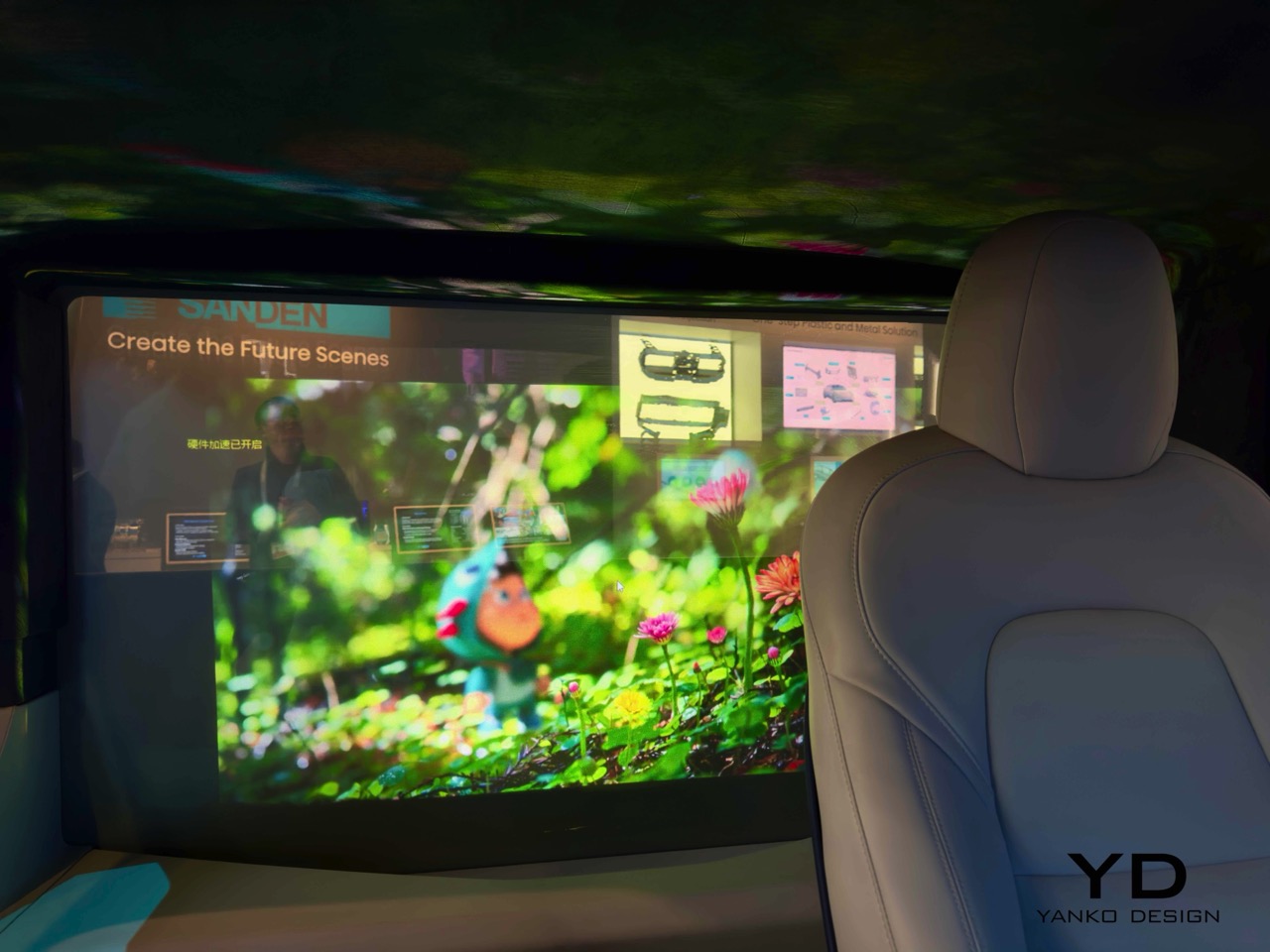
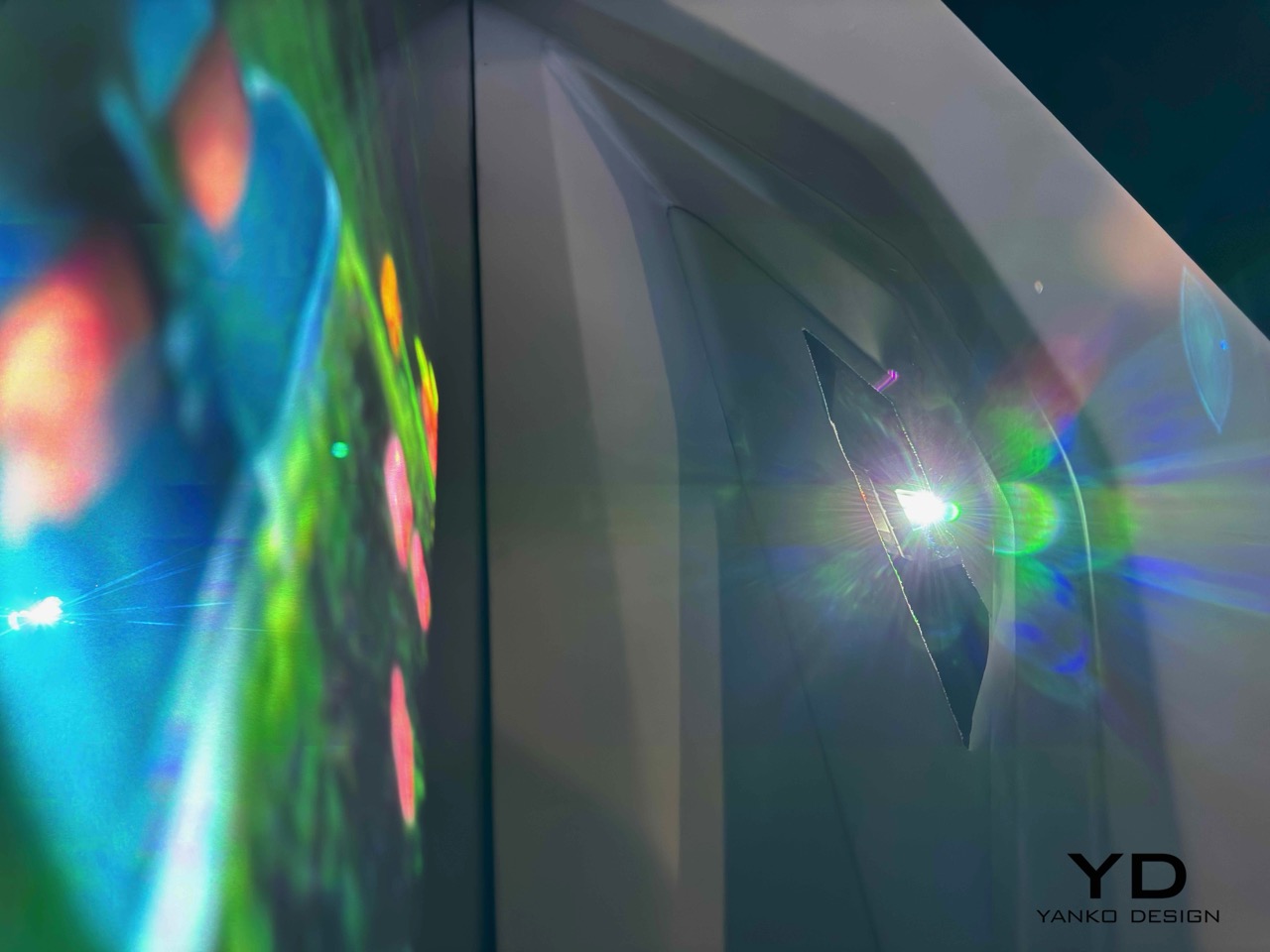
Moreover, the possibilities of this innovative technology extend beyond the confines of the car. Imagine transforming any flat surface into a drive-in theater with a built-in movie projector in the front bumper of your vehicle. While this incredible feature is only functional when the car is parked, it opens up a world of entertainment possibilities. Tailgate parties, camping trips, or even impromptu movie nights become even more exciting with this cinema-quality experience. Of course, you may need to find suitable surfaces, such as a garage door, for an optimal projection experience.
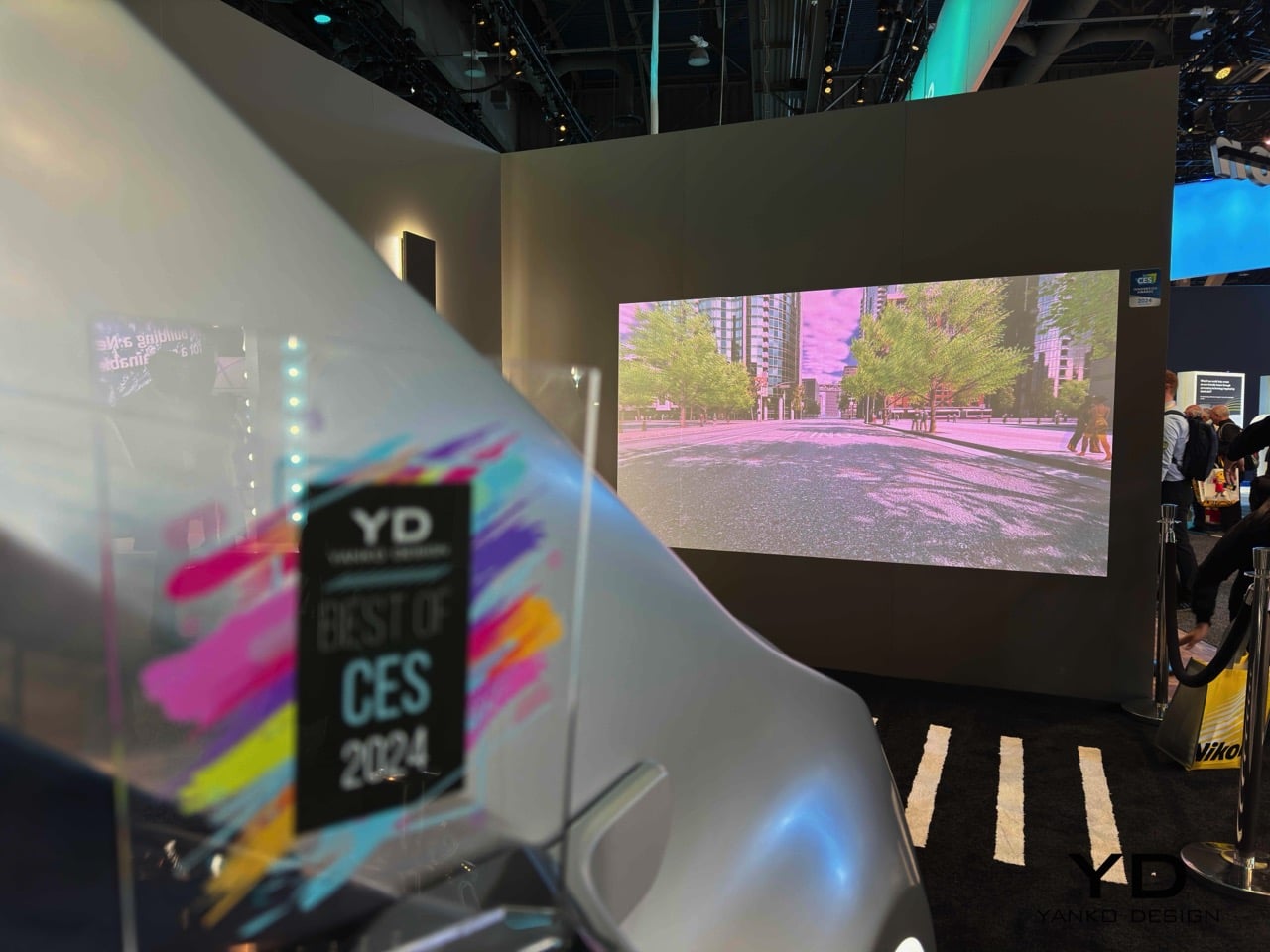
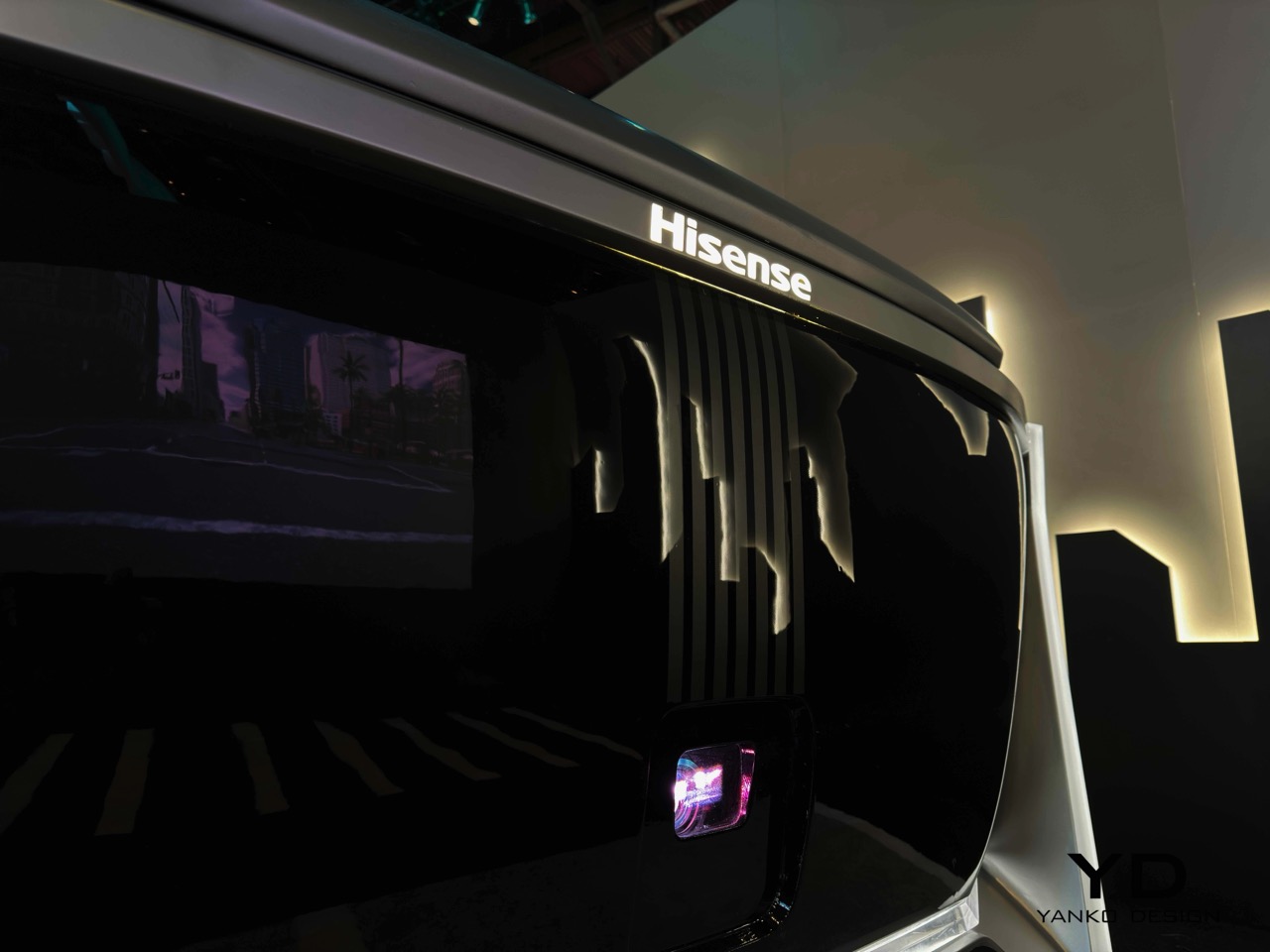
And that’s not all! Hisense also showcased a rollable laser display TV, further expanding its range of state-of-the-art products. The colors, clarity, and brightness of this TV are truly mesmerizing, captivating viewers and immersing them in a stunning visual display.
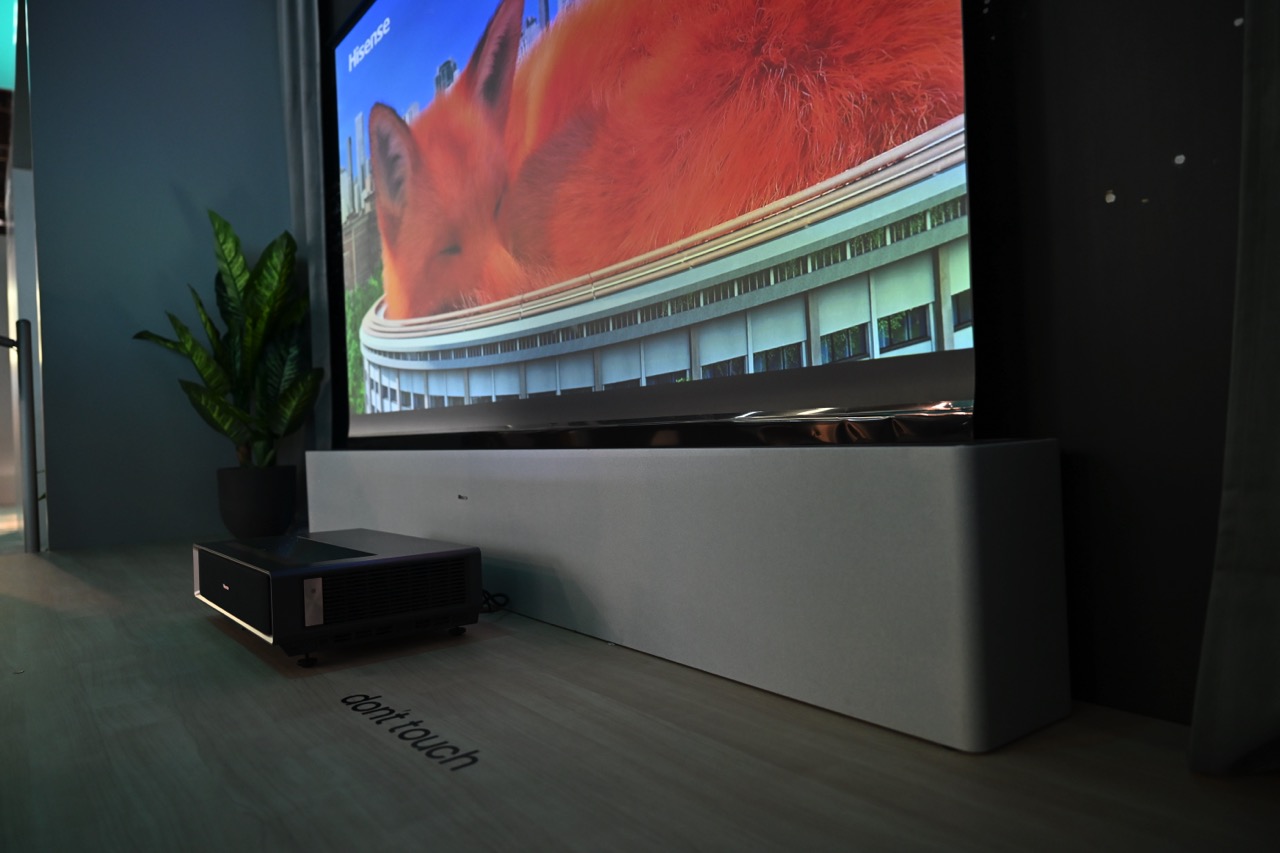
Lastly, a mini-laser projector is located directly under the rearview mirror, providing a luminous projection of the name of the car you are driving.
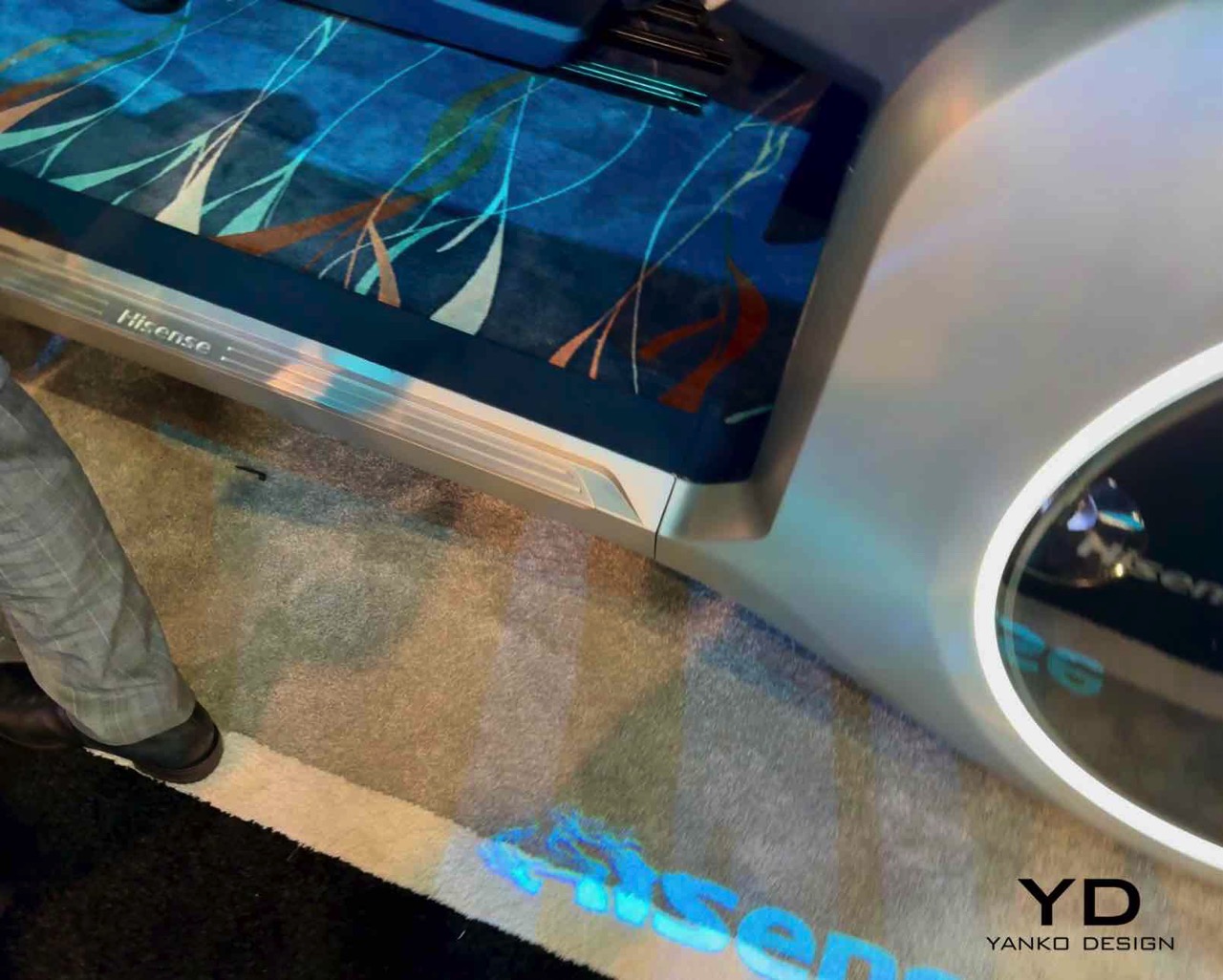
While Hisense’s Automotive Laser Display is currently in the concept stage, reliable sources have disclosed that leading automakers are actively considering adopting this groundbreaking technology. With its potential to redefine the future of automotive displays, it’s no wonder that industry insiders are closely monitoring the progress of Hisense’s Automotive Laser Display.
The post Hisense Automobile Laser Displays hands-on at CES 2024 first appeared on Yanko Design.
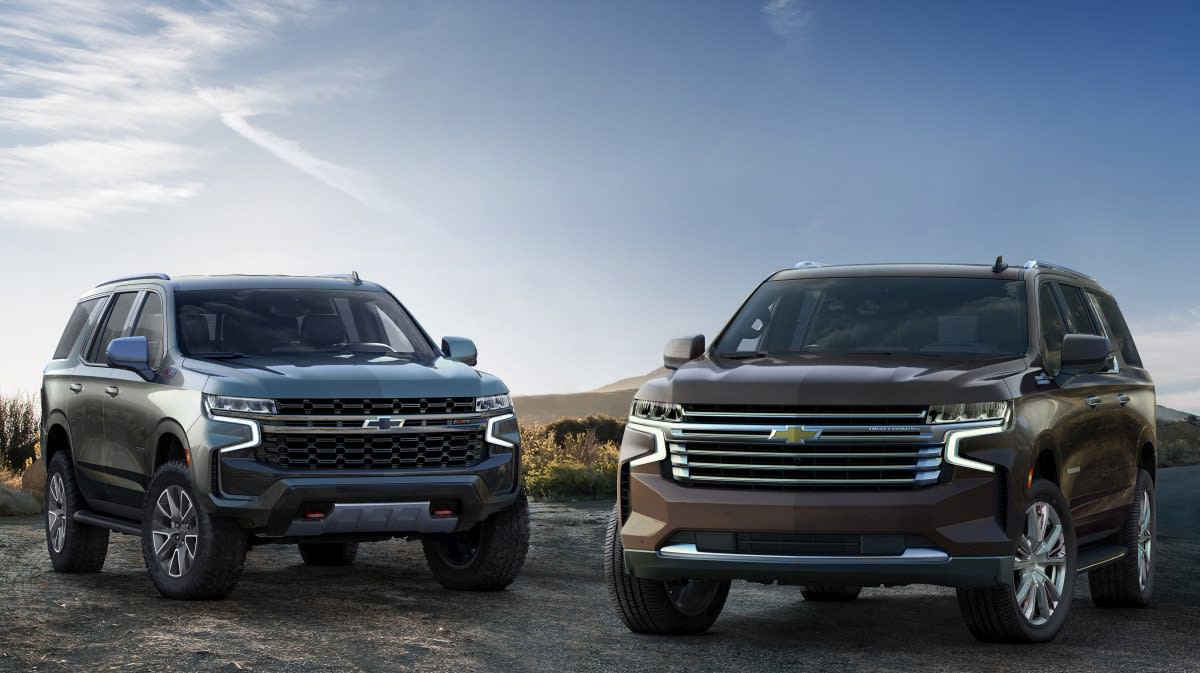 The new mid-engined Corvette Stingray will debut with GM's new "digital vehicle platform," which it shares in common with these super-sized SUVs and allow the vehicles to receive over-the-air updates that add new features in the future. As Autoblog p...
The new mid-engined Corvette Stingray will debut with GM's new "digital vehicle platform," which it shares in common with these super-sized SUVs and allow the vehicles to receive over-the-air updates that add new features in the future. As Autoblog p...
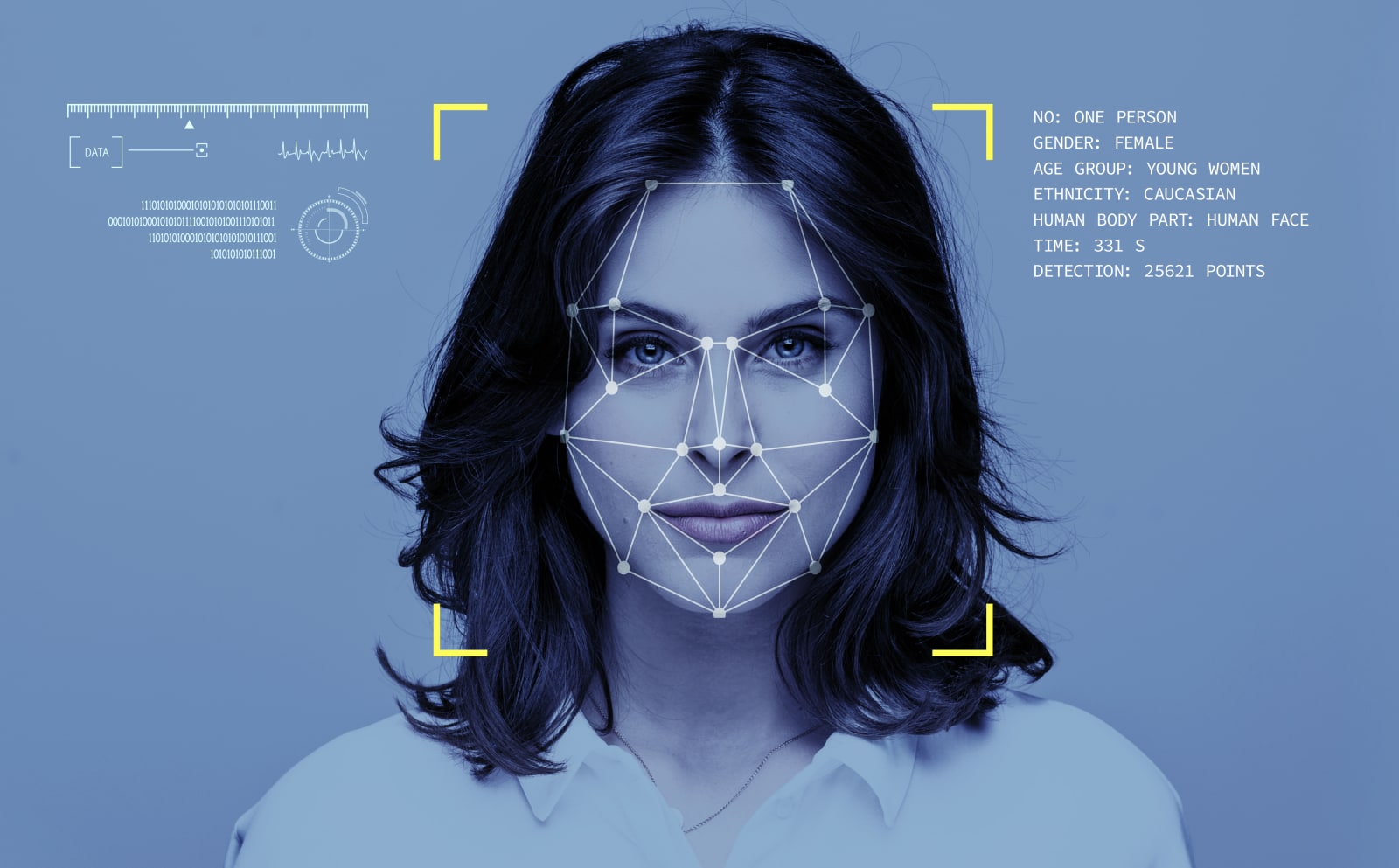 Now that facial recognition is more common, so are the laws aiming to limit its scope. San Francisco, Oakland, Calif. and Somerville, Mass. have all passed laws prohibiting city use of facial recognition. Now, a group of Congresswomen hope to pass th...
Now that facial recognition is more common, so are the laws aiming to limit its scope. San Francisco, Oakland, Calif. and Somerville, Mass. have all passed laws prohibiting city use of facial recognition. Now, a group of Congresswomen hope to pass th...
 The Department of Housing and Urban Development has charged Facebook with violating the Fair Housing Act. It says the company encouraged, enabled and caused housing discrimination through ad targeting. The charge follows a complaint the department fi...
The Department of Housing and Urban Development has charged Facebook with violating the Fair Housing Act. It says the company encouraged, enabled and caused housing discrimination through ad targeting. The charge follows a complaint the department fi...
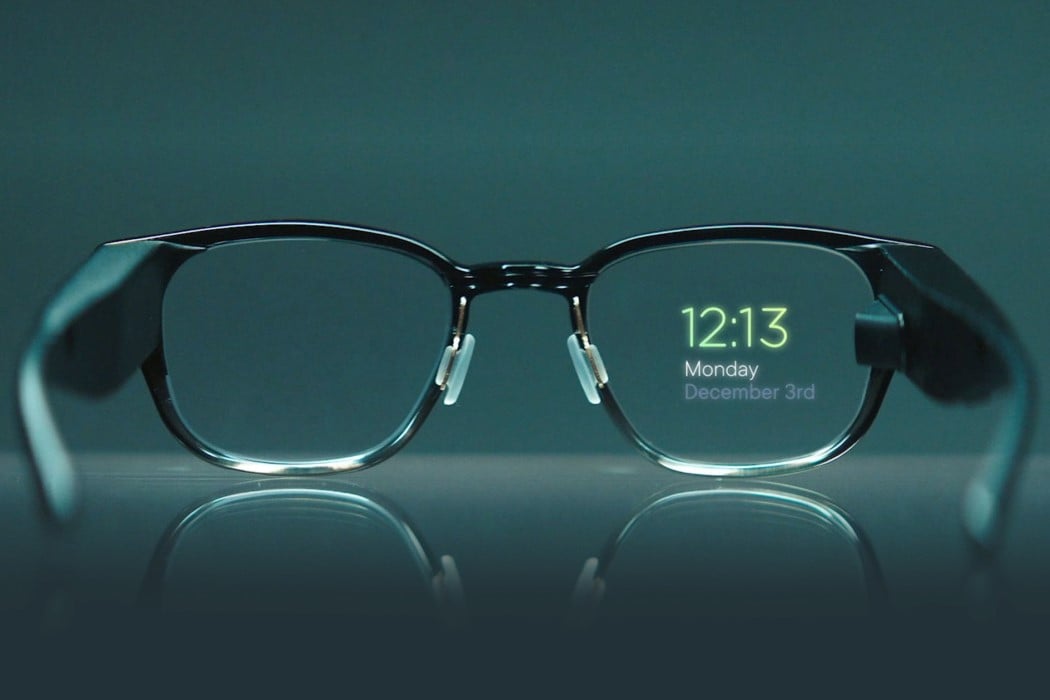
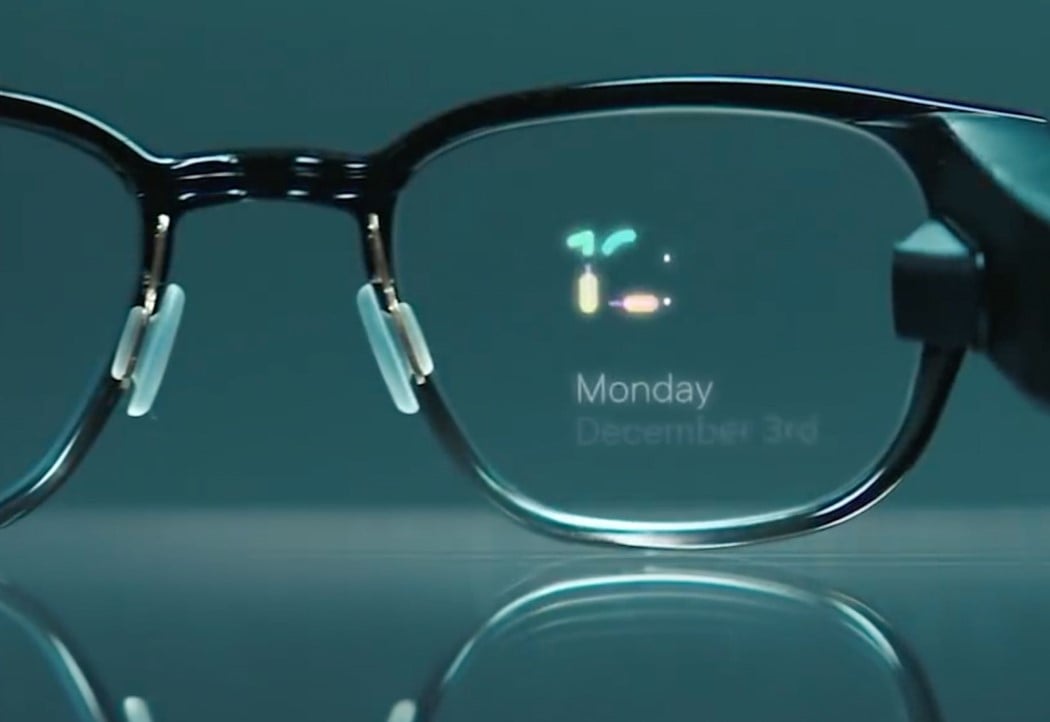
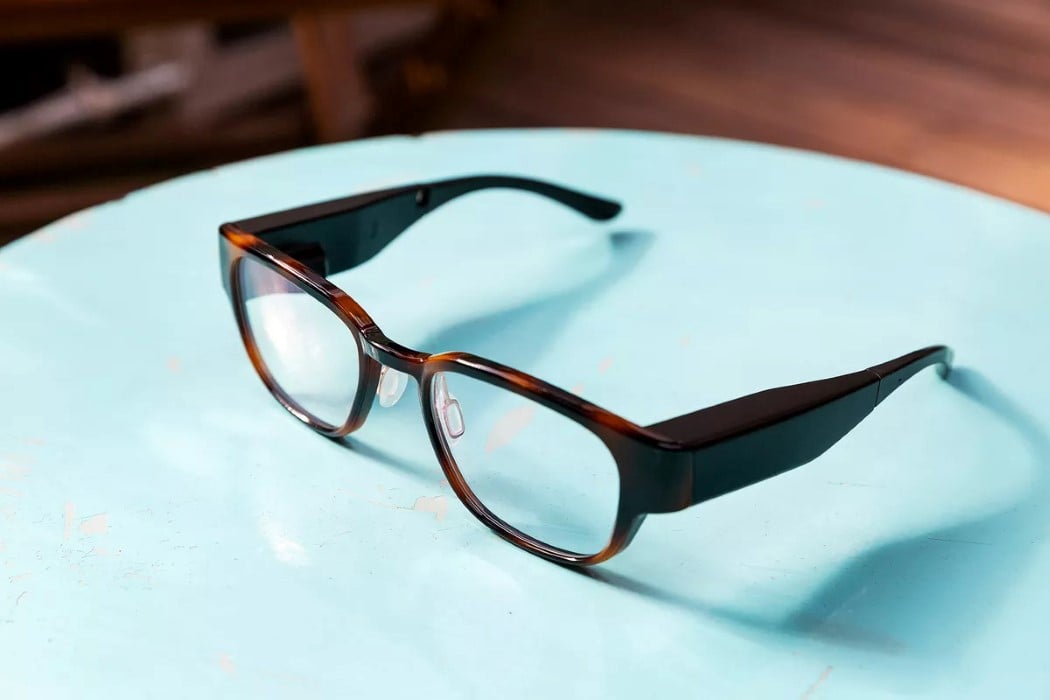
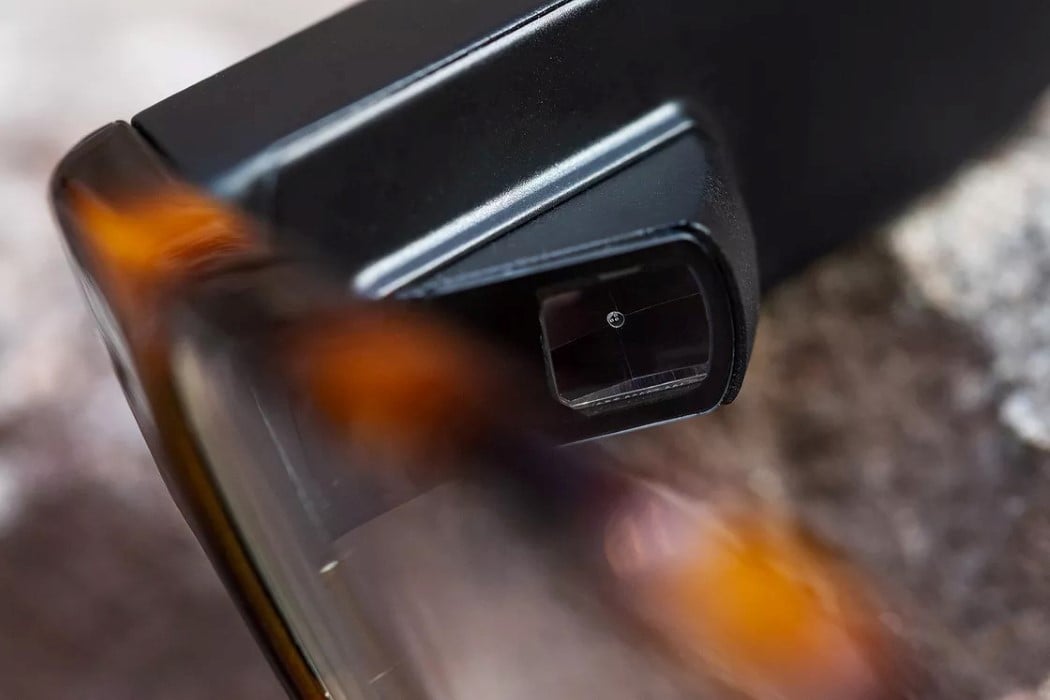
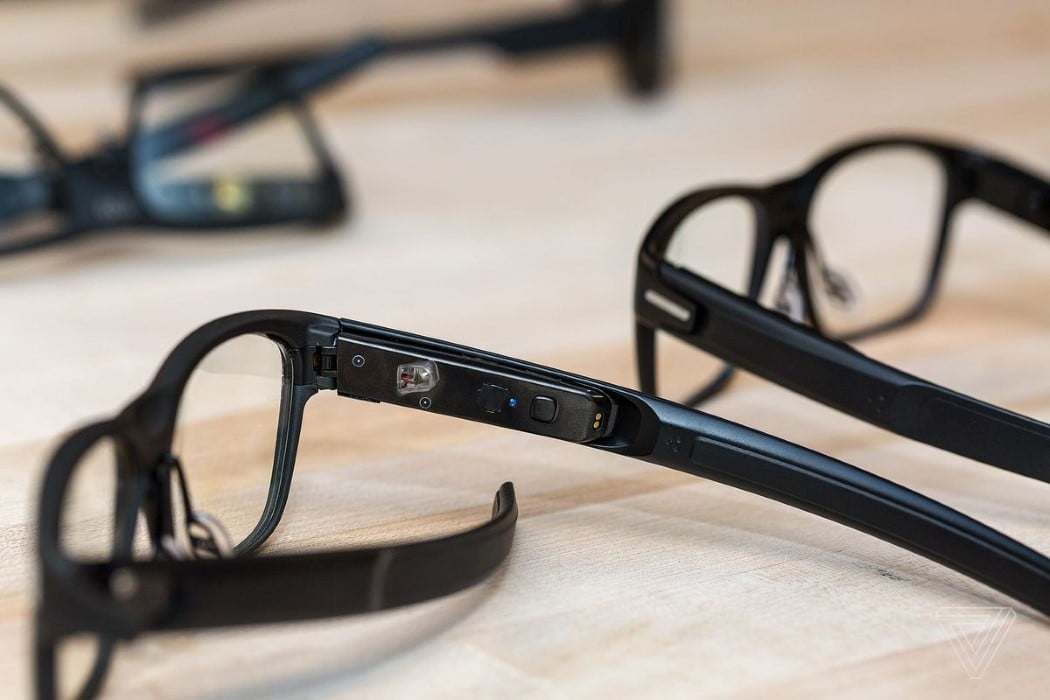
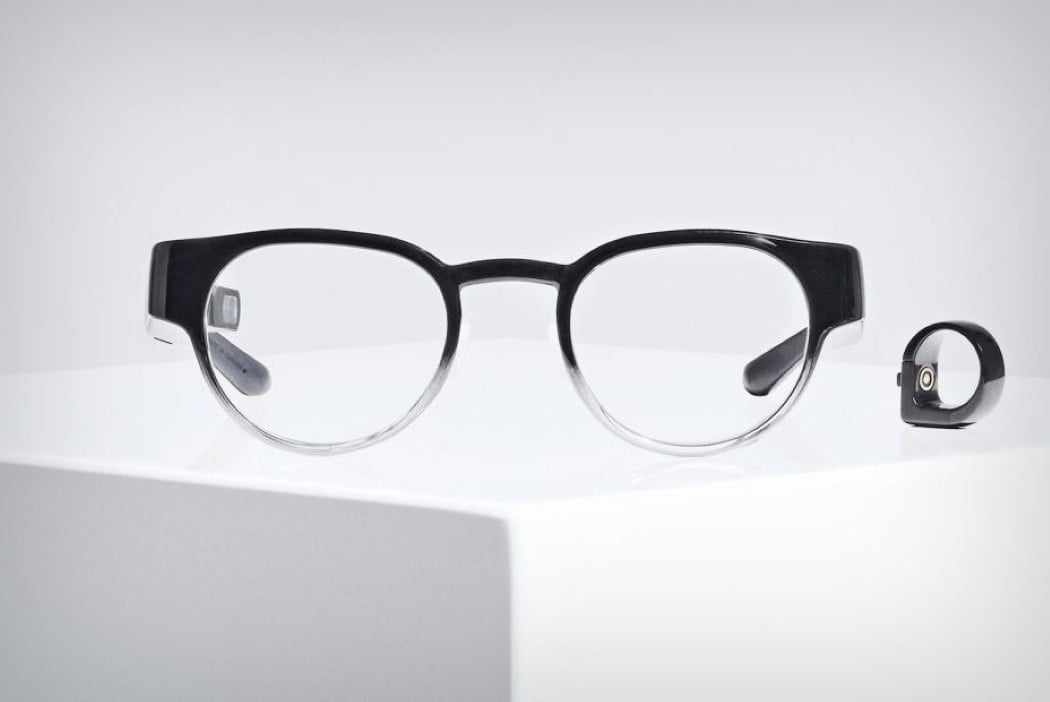
 The history of smart motorcycle helmets is a mixed bag. From clip-on heads-up displays to the Skully debacle that ended with a great piece of hardware being cratered by financially irresponsible founders. But technology moves on, and next year a new...
The history of smart motorcycle helmets is a mixed bag. From clip-on heads-up displays to the Skully debacle that ended with a great piece of hardware being cratered by financially irresponsible founders. But technology moves on, and next year a new...
 Despite past efforts, Facebook hasn't avoided federal-level trouble over allegations it enabled discriminatory housing ads. The Department of Housing and Urban Development has officially filed a complaint against Facebook, accusing the social network...
Despite past efforts, Facebook hasn't avoided federal-level trouble over allegations it enabled discriminatory housing ads. The Department of Housing and Urban Development has officially filed a complaint against Facebook, accusing the social network...
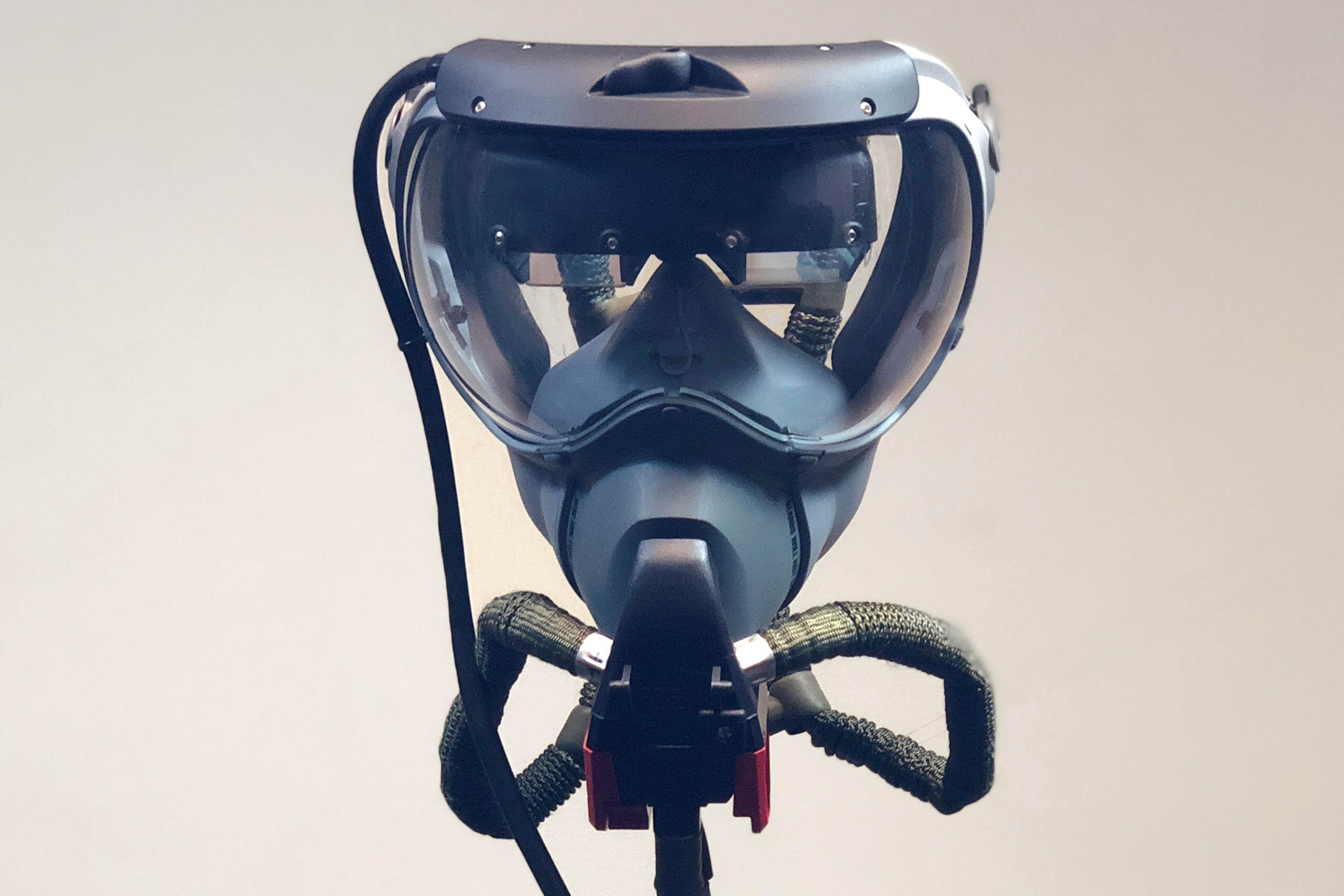 Smoke is understandably a serious danger for aircraft, and not just in life-threatening situations -- the FAA notes that there's typically one smoke-related landing per day. But how does the pilot land with a smoke-filled cockpit where they might not...
Smoke is understandably a serious danger for aircraft, and not just in life-threatening situations -- the FAA notes that there's typically one smoke-related landing per day. But how does the pilot land with a smoke-filled cockpit where they might not...